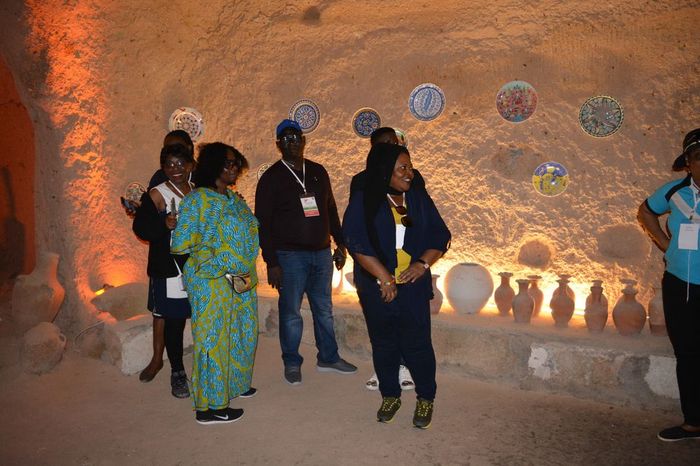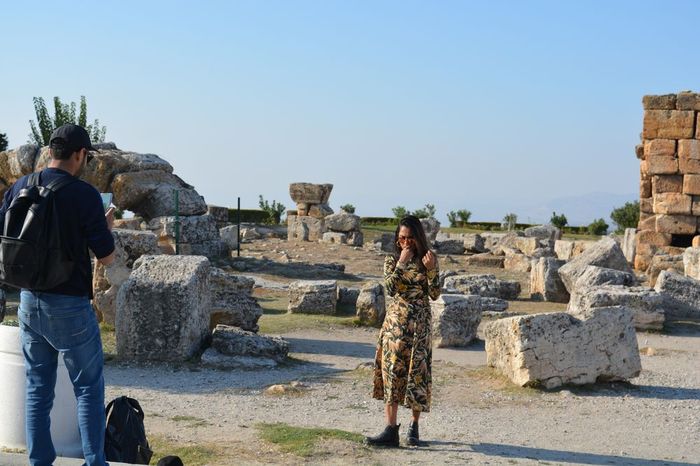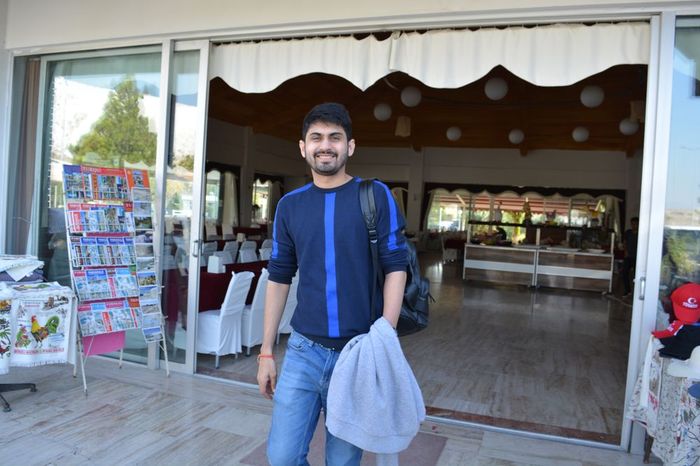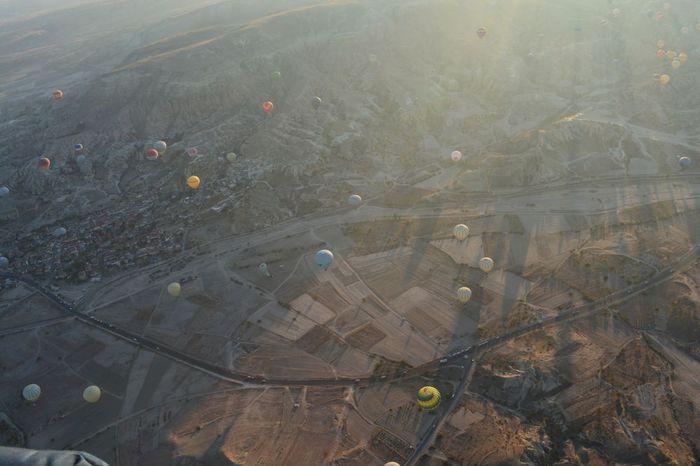John of Damascus: In Defense of Icons, c. 730
The Iconoclastic controversy lasted from 726, when Emperor Leo III (717-741) began an attack on the use of religious images, until 843 when The Empress Theodora allowed their restoration. The two periods of Iconoclasm were separated by the reign of the iconodule Empress Irene, under whom the Second Council of Nicea 787 was held.
Although politics, and especially the politics of church and state were involved, there were serious theological issues at stake. A number of defenses of Icons were made: based on the existence of Divinely approved images in nature and Scripture; based on the reality of the incarnation; and based on a Platonic metaphysics of ascending images which participated in the prototype.
The first two defenses are here presented in the first reading; the Platonic defense in second. Both were written by the Icons’ most distinguished proponent, St. John of Damascus (c.675-c.749), John was able to write freely since lived under Muslim rule outside the boundaries of the Byzantine emperor. In this century plus discussion of art, we find one of the most searching investigations into the nature of art in “western” culture before the Italian Renaissance.
from On Holy Images (c. 730)
Now, as we are talking of images and worship, let us analyse the exact meaning of each. An image is a likeness of the original with a certain difference, for it is not an exact reproduction of the original. Thus, the Son is the living, substantial, unchangeable Image of the invisible God, bearing in Himself the whole Father, being in all things equal to Him, differing only in being begotten by the Father, who is the Begetter; the Son is begotten. The Father does not proceed from the Son, but the Son from the Father. It is through the Son, though not after Him, that He is what He is, the Father who generates. In God, too, there are representations and images of His future acts,-that is to say, His counsel from all eternity, which is ever unchangeable.














